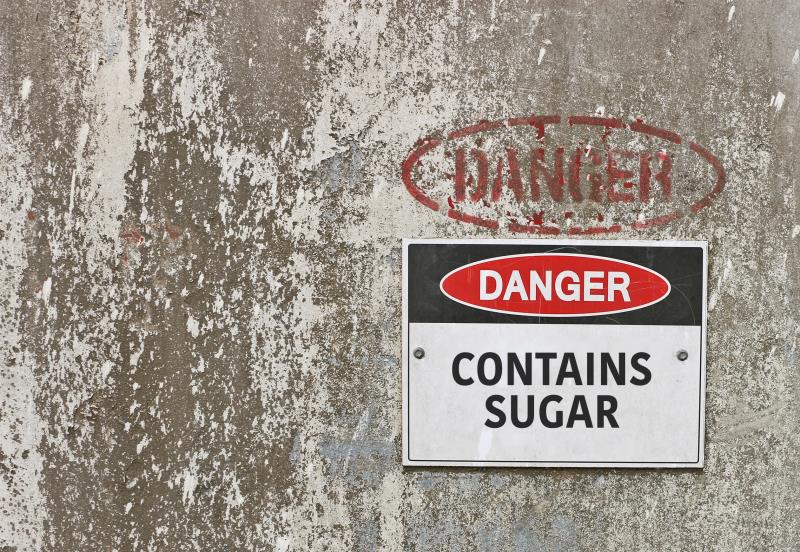Health warnings on sugary drinks could encourage healthy choices





Imposing health warnings on sugary drinks may improve drink selection choices, according to a meta-analysis presented at Nutrition 2020 Live Online.
“Our findings suggest that sugary drink warnings help consumers better understand products’ healthfulness and encourage consumers to make healthier choices about what drinks to buy,” said lead researcher Dr Anna Grummon from the Harvard T.H. Chan School of Public Health, Boston, Massachusetts, US.
“These results highlight the potential usefulness of sugary drink warning policies in both informing consumers and reducing consumption of unhealthy beverages like sodas, energy drinks, and fruit-flavoured drinks,” she explained.
The findings were based on data obtained from 23 experimental studies published after 2016 assessing impact of sugary drink warnings and comprised 16,241 individuals.
Sugary drink warnings influenced consumption and purchasing behaviour by reducing both hypothetical (d with Hedges’s correction, -0.32, 95 percent confidence interval [CI], -0.44 to -0.21; p<0.05) and actual (d, -0.17, 95 percent CI, -0.30 to -0.04; p=0.01) consumption and purchasing. [Nutrition 2020 Live Online, abstract P26-005-20]
Warnings on sugary drinks were more likely to be noticed (d, 0.83, 95 percent CI, 0.54–1.12), caused stronger negative emotional reactions (d, 0.69, 95 percent CI, 0.25–1.13), and led to more thinking about health (d, 0.65, 95 percent CI, 0.29–1.01; p<0.05 for all) compared with control conditions.
Sugary drink warnings also led to reduced perceptions of healthfulness (d, -0.22, 95 percent CI, -0.27 to -0.17) and increased perceptions of the likelihood of disease (d, 0.15, 95 percent CI, 0.06–0.24; p<0.05 for both).
However, the warnings did not lead to a statistically significant difference in perceptions of added sugar (d, 0.25, 95 percent CI, -0.05 to 0.55) or positive sugary drink attitudes (d, -0.54, 95 percent CI, -1.43 to 0.35).
Health warnings (eg, “Beverages with added sugar contribute to obesity”) had a greater impact on reducing hypothetical selection of sugary drinks compared with nutrient warnings (eg, “High in sugar”; p=0.04).
“Overconsumption of sugary drinks … increases risk for obesity, diabetes, dental caries, and cardiovascular disease,” said Grummon and co-authors.
“It is clear that sugary drink warnings can help consumers make healthier choices about the drinks they buy,” said Grummon. “Now, we are studying the best ways to design warnings to maximize their benefits. For example, should warnings include icons or pictures that help communicate the warnings message?” she asked.
The impact of these warnings on sugary drink purchases could lead to a reduction in 40–50 calories consumed from these drinks per day in the average US adult, the authors noted. “Simulation studies indicate that calorie changes of this magnitude could reduce obesity prevalence by 1.5–6.8 percent, suggesting that warnings could have beneficial public health impact,” they said.
The positive effect on emotions, health thoughts, and intentions could also lead to long-term behavioural changes, they added, suggesting that future research look into the effects of repeated exposure to these warnings.